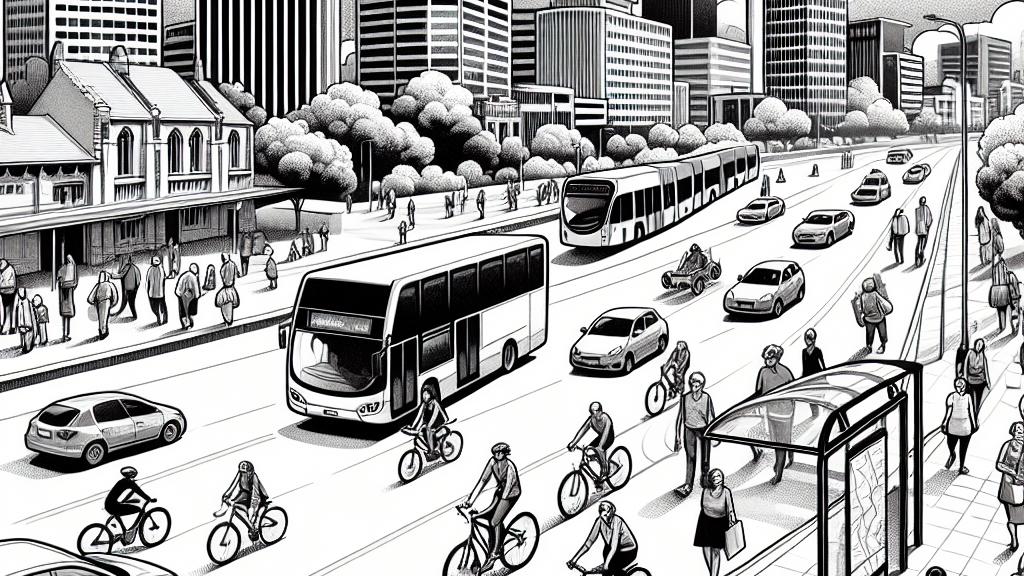How to Encourage People to Use Bicycles and Buses Instead of Cars
Overview
- Investigates the effective transport strategies in Christchurch, New Zealand.
- Highlights the positive impact of affordable public transportation and extensive cycling infrastructure.
- Explores the ongoing challenges and barriers to reducing car dependency.

The Shift in Christchurch
In the bustling city of Christchurch, New Zealand, which boasts a population of around 400,000, a remarkable transformation is taking place in how residents commute. Recent findings from an extensive survey conducted by the University of Canterbury reveal that only 38% of students and staff are driving to campus. Instead, a growing number are choosing to cycle, take the bus, or simply walk. This shift is no accident; it results from well-thought-out policies and strategic planning aimed at promoting environmentally friendly alternatives. When initiatives provide easy access to these options, people are not only willing to embrace them but often find them more enjoyable and convenient.
Cycling Infrastructure and Public Transport
The efforts of the Christchurch City Council have been crucial in this change, as they have invested heavily in developing a robust cycling infrastructure. The Uni-Cycle and Nor'West Arc cycleways, for example, are not only practical routes but also scenic pathways that invite more cyclists to explore the city. Furthermore, the introduction of a low-cost, flat-fare bus system has made public transport increasingly appealing. With tickets available for as little as NZ$2, this initiative, particularly beneficial for students, has led to a noticeable increase in bus ridership. These thoughtful strategies highlight how effective infrastructure and affordable options can inspire entire communities to transition to more sustainable forms of transport.
Barriers and Policy Adjustments
However, the path to sustainability is not without its challenges. Recent policy changes, such as the removal of bus fare concessions for riders under 25, threaten to limit access to public transport for young people. Additionally, the university's steeply increased parking fees, designed to deter car usage, could inadvertently discourage potential commuters from considering campus facilities. Such developments emphasize the need for continuously evolving and cohesive transport policies that genuinely reflect the community's desires. It is essential to appropriately address barriers, ensuring that the trend toward greener transport options remains not just an option but a viable and attractive choice for everyone in Christchurch and beyond.

Loading...